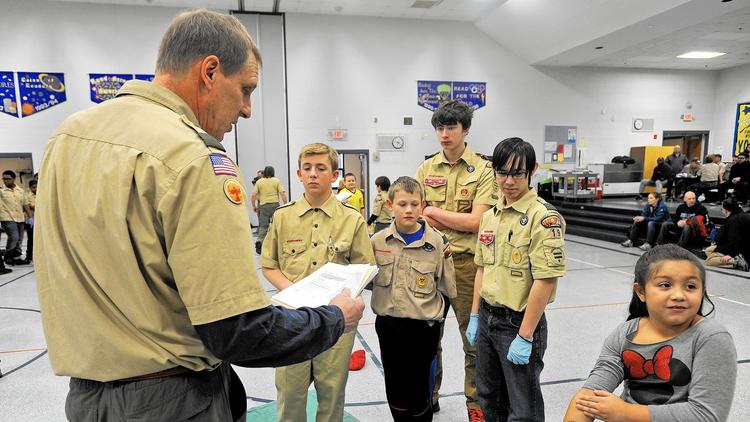The Boy Scouts of America program is renowned for instilling valuable life lessons and practical abilities in young people. At the core of this experience is a deep connection with the outdoors and the mastery of skills that promote self-reliance, problem-solving, and an appreciation for nature. Here are five fundamental outdoor skills that nearly every Scout has the opportunity to learn and practice.
1. Knot Tying: The Unsung Hero of the Outdoors
Often underestimated, knowing how to tie a few essential knots can be incredibly useful, and sometimes even life-saving. Scouts learn knots like:
- Square Knot: For joining two ropes of equal thickness or tying bandages.
- Bowline: Creates a secure loop that won't slip, useful for rescues or securing items.
- Two Half-Hitches: A simple hitch for temporarily fastening a rope to a post or ring.
- Taut-Line Hitch: An adjustable knot ideal for securing tent guy lines.
Mastering these knots helps in setting up camp, securing gear, first aid, and various other outdoor challenges.
2. Navigation: Finding Your Way
Understanding how to read a map and use a compass is a cornerstone of Scout training. This skill empowers youth to explore with confidence and ensures they can find their way, even without modern GPS technology. Scouts learn about:
- Topographic map symbols and contour lines.
- Orienting a map with a compass.
- Taking and following bearings.
- Understanding declination.
- Using natural signs for direction (e.g., sun, stars).
"A Scout is never lost, only temporarily misplaced." - This adage often rings true thanks to solid navigation training.
3. First Aid: Prepared for Emergencies
Safety is paramount in Scouting. Scouts are taught essential first aid skills to handle common injuries and emergencies that can occur in the outdoors or everyday life. This includes:
- Treating cuts, scrapes, blisters, and burns.
- Responding to sprains, fractures, and head injuries.
- Recognizing and treating shock, hypothermia, and heat exhaustion.
- Performing CPR and understanding the Heimlich maneuver (age-appropriate).
- Knowing what to include in a personal first aid kit.
This knowledge not only keeps Scouts safer but also instills a sense of responsibility to help others.
4. Fire Starting & Campfire Safety
A campfire is often the heart of a campsite, providing warmth, a way to cook food, and a gathering place. Scouts learn how to safely build, maintain, and extinguish a fire under various conditions, using different methods (matches, flint and steel, etc.). Key aspects include:
- Choosing a safe location for a fire.
- Gathering appropriate tinder, kindling, and fuel.
- Understanding fire safety rules and respecting fire restrictions.
- Properly extinguishing a fire to ensure it's "dead out."
5. Leave No Trace Principles: Respecting the Environment
Perhaps one of the most crucial "skills" is an ethical one: understanding and practicing the seven principles of Leave No Trace. This ensures that Scouts enjoy the outdoors responsibly, minimizing their impact on the environment.
- Plan Ahead and Prepare
- Travel and Camp on Durable Surfaces
- Dispose of Waste Properly
- Leave What You Find
- Minimize Campfire Impacts
- Respect Wildlife
- Be Considerate of Other Visitors
These five skills are just the tip of the iceberg, but they represent the foundational experiences that help shape competent, confident, and conscientious individuals through the Scouting program. Each skill learned is a step towards greater independence and a deeper appreciation for the world around us.
